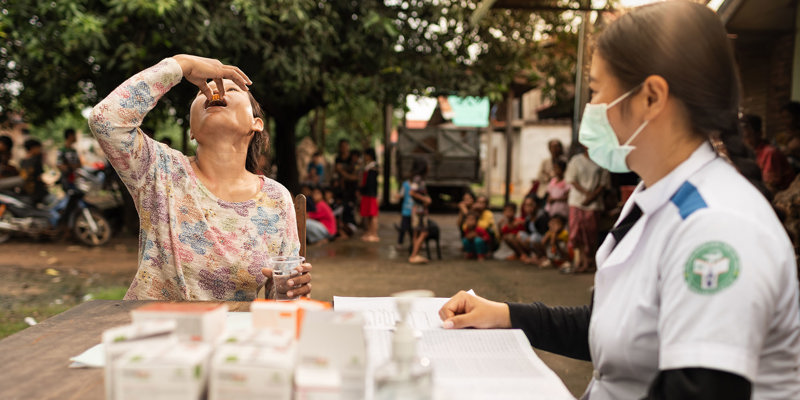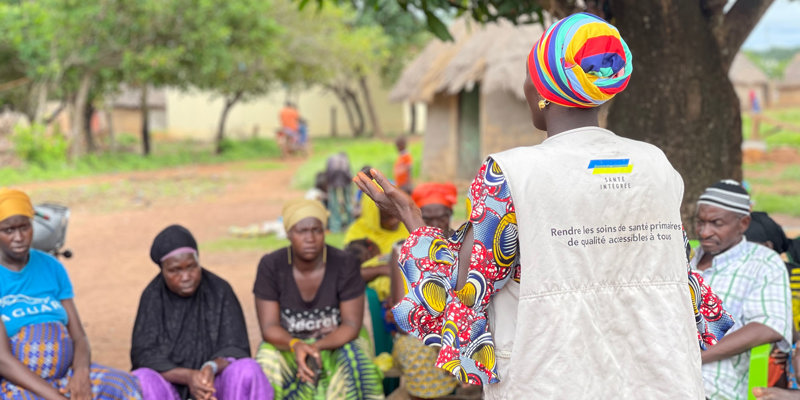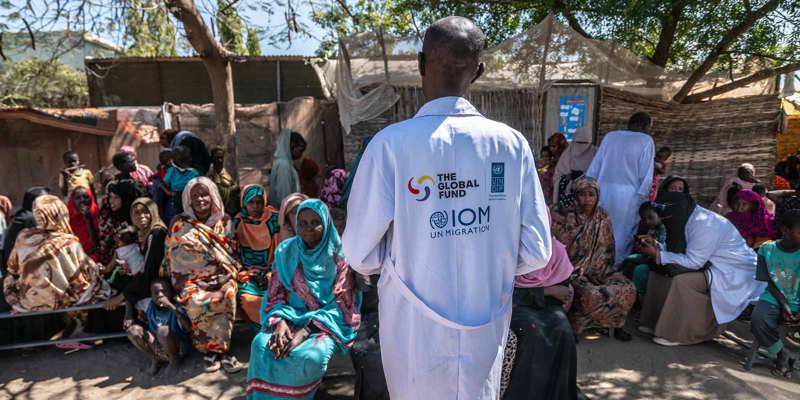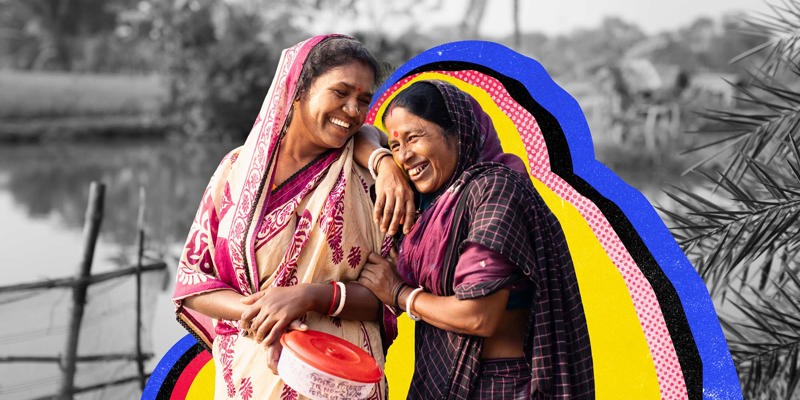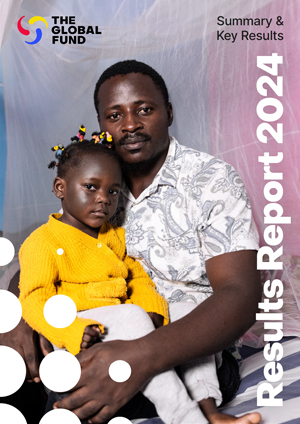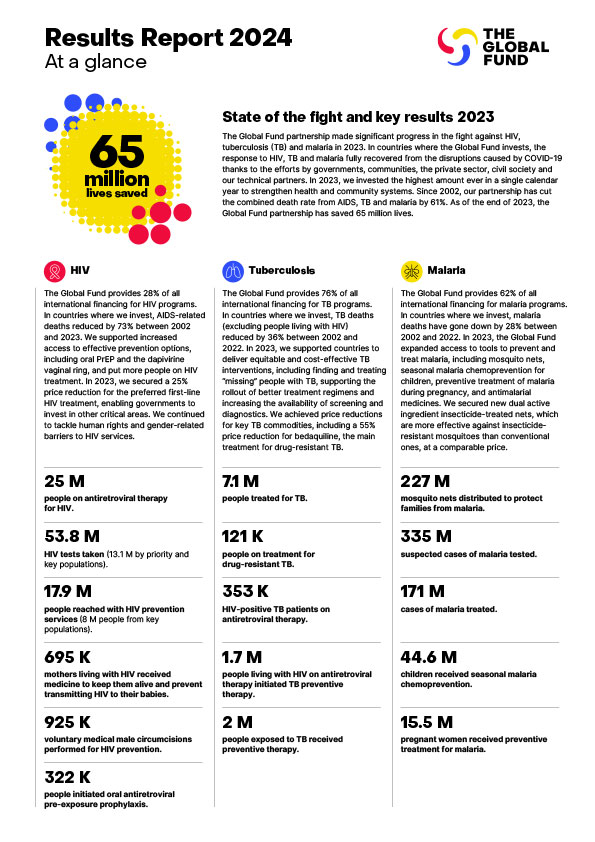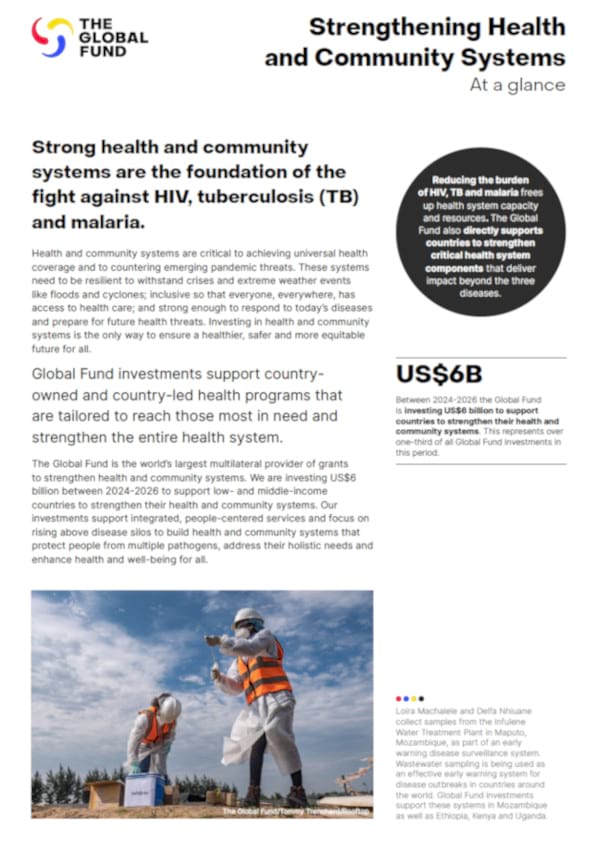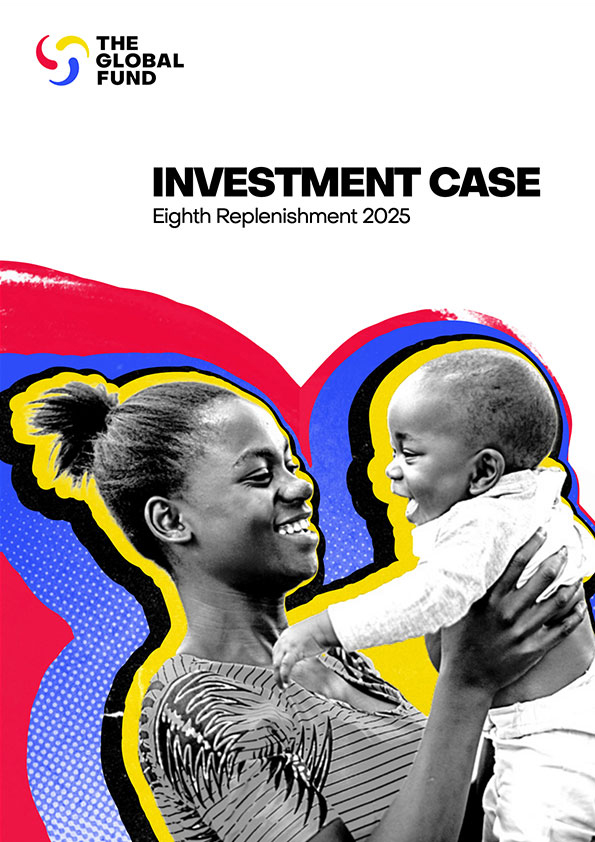Global Fund-supported programs provide 190 million bed nets to protect families from malaria
28 June 2011
3.2 million receive AIDS treatment, 8.2 million people treated for TB
GENEVA – The Global Fund to Fight AIDS, Tuberculosis and Malaria today announced mid-year results from the programs it supports which show that 190 million insecticide-treated bed nets were distributed to protect families from malaria since 2003. Of these, 70 million bed nets were distributed in the past twelve months, since June 2010. Assuming a bed net protects two people, the additional bed nets enabled an estimated 140 more people to protect themselves against malaria.
As well as the substantial expansion in coverage of bed nets to prevent malaria, there has been a major increase in the number of people protected by indoor residual spraying of insecticides. 36 million indoor residual spraying services were provided, a 31% increase from a year ago.
Over the past 12 months an additional 400,000 people living with HIV have begun life-saving antiretroviral treatment through Global Fund-supported programs. This significant increase has brought to 3.2 million the total number of people who now receive such treatment through Global Fund-supported programs.
An additional 1.2 million people were reached with effective tuberculosis treatment during the same period, bringing the accumulated total since 2003 to 8.2 million. Tuberculosis is a major cause of ill health in Asia, as well as in East and Central Europe, and the leading cause of death among people infected with HIV.
Results at a glance:
|
Global Fund results |
June 2011 |
June 2010 |
% increase |
|---|---|---|---|
|
Number of people currently receiving ARVs |
3.2 million |
2.8 million |
14% |
|
New smear-positive TB cases detected and treated |
8.2 million |
7 million |
17% |
|
Nets distributed (ITNS and LLNS) |
190 million |
120 million |
58% |
|
ITN: Insecticide-treated net, LLIN: Long-lasting insecticidal net |
|||
The latest results show efforts to control malaria are on track to meet internationally agreed targets.
According to WHO estimates, nets distributed to sub-Sahara African countries would be sufficient to cover three-quarters of the population at risk, providing a strong basis to achieve universal access to malaria prevention. However, achieving a recently agreed goal of putting 15 million people on antiretroviral treatment by 2015 poses a much bigger challenge. Some 6.6 million people are now receiving AIDS treatment worldwide.
“The strong growth in the number of people receiving live-saving treatment and malaria prevention measures indicate that countries are dramatically reducing the impact of these diseases,” said Prof Michel Kazatchkine, Executive Director of the Global Fund. “This progress lends hope that the ambitious target set by the international community earlier this month to provide treatment to 15 million AIDS patients by 2015 is achievable. However, we will need a significant renewed push for resources and a concentrated international effort to meet the bold new target.”
Additional results showed that at total of 170 million HIV testing and counselling sessions have been provided, 210 million cases of malaria treated, 50,000 multi-drug resistant TB cases treated and 5.6 million basic care and support services have been provided for orphans and vulnerable children by Global Fund- supported programs.
With approved funding of US$ 22 billion, the Global Fund supports around half of the patients receiving AIDS treatment, as well as providing 65 per cent of international funding to fight tuberculosis and malaria.
